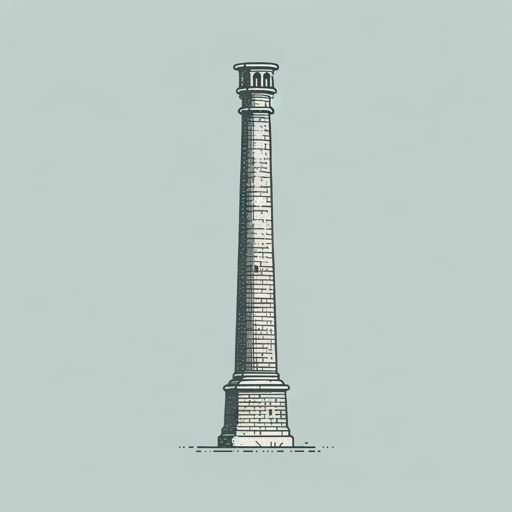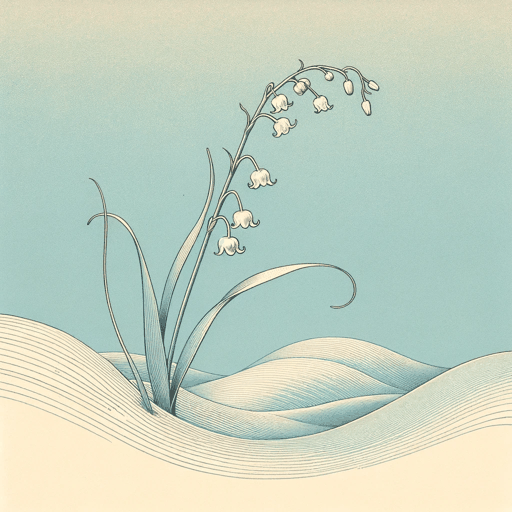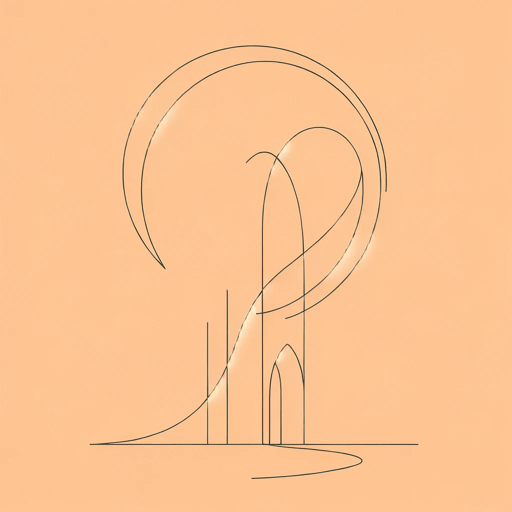19 pages • 38 minutes read
William BlakeThe Sick Rose
Fiction | Poem | Adult | Published in 1794A modern alternative to SparkNotes and CliffsNotes, SuperSummary offers high-quality Study Guides with detailed chapter summaries and analysis of major themes, characters, and more.
Literary Devices
Form and Meter
“The Sick Rose” consists of two stanzas of four lines each. The poem’s lines each contain two stressed syllables and roughly conform to either iambic or anapestic dimeter. Some lines, such as “The invis | ible worm” (Line 2), are in perfect anapestic dimeter, while some lines, such as “Of Crim | son Joy” (Line 6), are in perfect iambic dimeter. Most of the poem’s lines, however, contain one iamb and one anapest. For instance, the opening line, “Oh Rose | thou art Sick,” has an iamb followed by an anapest, while the last line, “Does thy life | Destroy,” has an anapest followed by an iamb.
Dimeter gives the poem a sense of simplicity and directness that works to obscure its symbolic and narrative richness. The simple, short meter also reflects many of the works in the collection’s Songs of Innocence, some of which resemble children’s songs. However, Dimeter is quite rare in written poetry, especially prior to the modernist movement of the early 20th century, and even children’s songs tend to use longer meters.
Formally, “The Sick Rose” can be considered a lament, or a poem that expresses grief over a personal loss.
Related Titles
By William Blake

A Poison Tree
William Blake

Auguries of Innocence
William Blake

London
William Blake

Night
William Blake

Songs of Innocence and of Experience
William Blake

The Book of Thel
William Blake

The Chimney Sweeper
William Blake

The Garden of Love
William Blake

The Lamb
William Blake

The Little Boy Found
William Blake

The Marriage of Heaven and Hell
William Blake

The Tyger
William Blake

